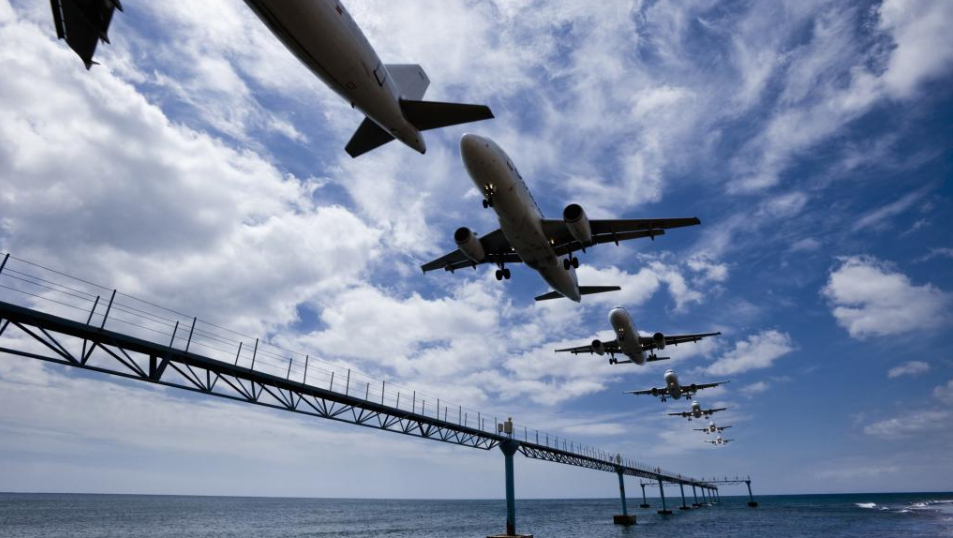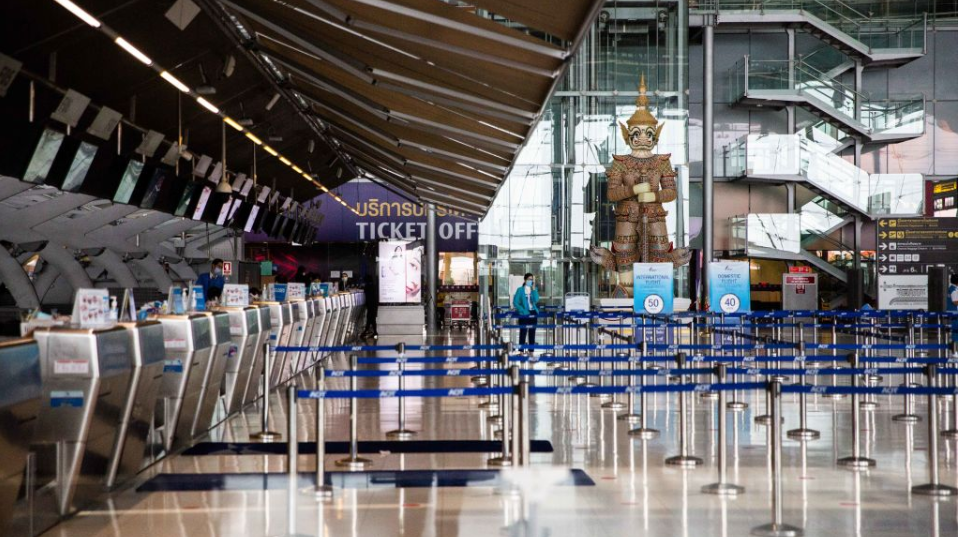China, US lead domestic airline regrowth. In Europe, it's LCCs
Chinese airlines are beginning to show significant increases in the number of domestic seats on offer as the domestic market starts to open up. China Southern and China Eastern are now offering more than 1.5 million seats per week each with other Chinese airlines also increasing their offer as people start to rethink their travel plans and venture out.
Southwest Airlines is the largest US operator, also with over 1.5 million weekly seats but a lot to do before they manage to regain the levels from pre-COVID-19 days.
Internationally there are now some signs of a few pockets of Europe starting to open up so Ryanair is back as the largest airline by international seat capacity, although still under 1 million seats per week, followed by Wizz Air.
Rankings are easily illustrated for CAPA Members, as this report describes below.
TO READ ON, VISIT: China, US lead domestic airline regrowth. In Europe, it's LCCs

COVID 19: Brazil's rising cases create new uncertainty for airlines
As it faces the rapid spread of the COVID-19 virus, Brazil is a study in contrasts.
Brazil is now an axis for COVID-19, and has risen in the ranks to become the second largest affected country measured by reported cases. The US has instituted issuing a travel ban for Brazil, and São Paulo has emerged as hot spot for the virus.
Despite those grim facts, Brazil's airlines are experiencing some slight improvement in demand, and in some cases are slowly expanding their offerings. Obviously those improvements remain off a very low base, and if Brazil's challenges in containing the virus continue, their outlooks could change, just as uncertainty could build over the time frame for a meaningful recovery in demand.
TO READ ON, VISIT: COVID 19: Brazil's rising cases create new uncertainty for airlines

Europe's airline capacity begins slow climb
Total seat numbers in Europe are down 84.6% year-on-year in the week of 18-May-2020, according to schedules from OAG combined with CAPA Fleet Database seat configurations.
This is almost 2ppts narrower than the previous week's 86.5% drop and the smallest rate of decline since Mar-2020. Nevertheless, it is the seventh successive week of cuts broadly in the -85% to -90% range.
Europe's cuts are no longer the world's deepest. That distinction now belongs to Latin America, where seats have dropped by 88.7% year-on-year. Seats are down by 80.8% in Middle East, 80.5% in Africa, 78.7% in North America and 51.6% in Asia Pacific. The rate of fall is narrowing in the three big regions - Asia Pacific, Europe and North America - but widening in the others.
Data based on filed schedules indicate that European aviation may be at the beginning of a slow rebuilding of capacity.
However, plans by Ryanair, IAG, Lufthansa and Air France-KLM imply that capacity for Europe's leading groups will still be reduced by around 50%-80% in Jul-2020. Even those plans are based on the lifting of restrictions.
TO READ ON, VISIT: Europe's airline capacity begins slow climb

COVID19: Airports of Thailand takes a battering in 1Q2020
The partially privatised - by way of an IPO - Airports of Thailand (AOT) is the latest in a string of airport operating groups to announce severe reductions in revenues and profits in 1Q2020 on account of flight cancellations prompted by the current pandemic.
AOT is responsible for the operation of six airports, including the two in Bangkok, and also the operations and management of four state-owned airports since 2019. The scale of the increase of negative figures in the AOT results shown demonstrates the depth of the impact on the group from flight cancellations, especially during Mar-2020.
Thailand is highly dependent on tourism, which accounts for between 10% and 20% of the country's GDP of THB12 trillion annually, and AOT will be expected to help kick-start that tourism business again as soon as it can.
TO READ ON, VISIT: COVID19: Airports of Thailand takes a battering in 1Q2020

Indian government adds six more AAI airport privatisations
The Indian airport privatisation schedule has been, to say the least, a stop-start process: a number of major gateway airports privatised in 2006 and then a long wait until 2015, and an abortive attempt to privatise more, before several deals were completed in 2018.
India's Minister of State for Civil Aviation Hardeep Singh Puri announced on 16-May-2020 that the government plans to begin the tender process to privatise Tiruchirappalli Airport, Bhubaneswar Biju Patnaik Airport, Amritsar Sri Guru Ram Dass Jee Airport, Raipur Swami Vivekananda Airport, Indore Devi Ahilyabai Holkar Airport, and Varanasi Airport "in the very near future".
Some of these airports, for example Amritsar, have been thrown into the privatisation mix previously, several years ago, but were withdrawn during a period of political uncertainty.
Now, in the middle of a global crisis, the process has started again.
TO READ ON, VISIT: Indian government adds six more AAI airport privatisations

CAPA Insights: Jeju-Seoul Gimpo tops busiest route list
Jeju-Seoul Gimpo has regularly been the world's busiest route in terms of seat capacity and has managed to remain so in the days of COVID-19.
As on every route globally, the number of seats year-on-year has dropped, but has been working its way back up to top position, despite last week still being some 15% below seat numbers for the same week in 2019.
This week, there has been another increase to 266,000 seats, which is just under 8% below that of 2019. This route is likely to bounce back up to 2019 levels within a week or two.
TO READ ON, VISIT: CAPA Insights: Jeju-Seoul Gimpo tops busiest route list
